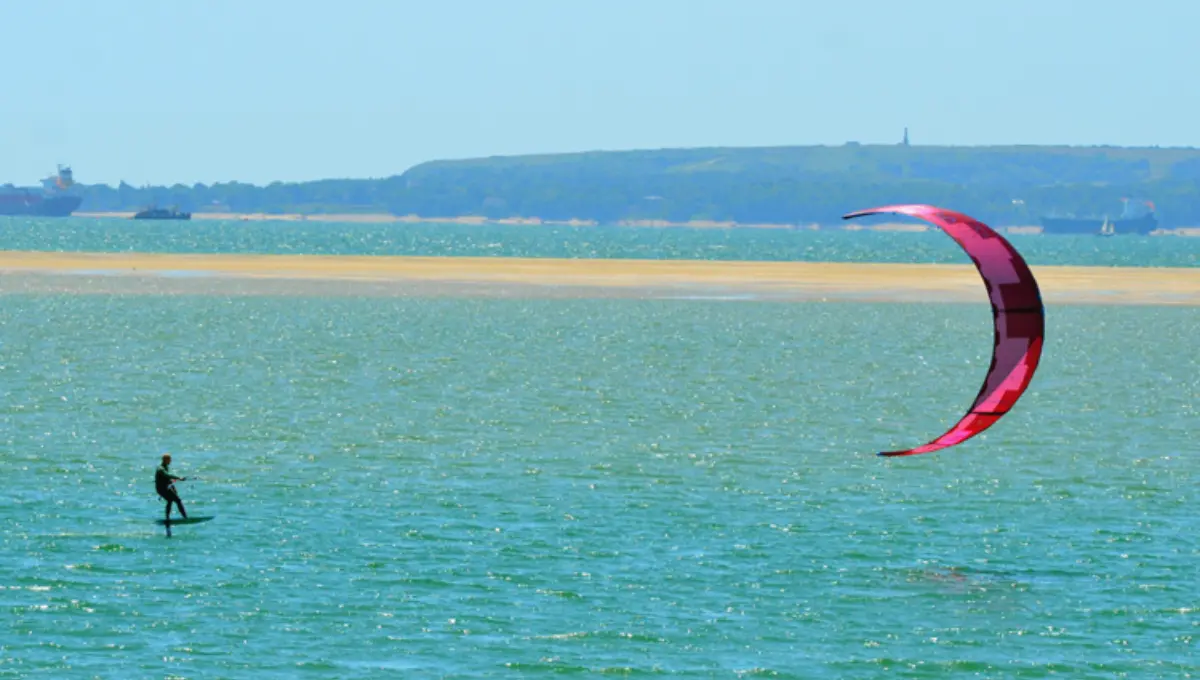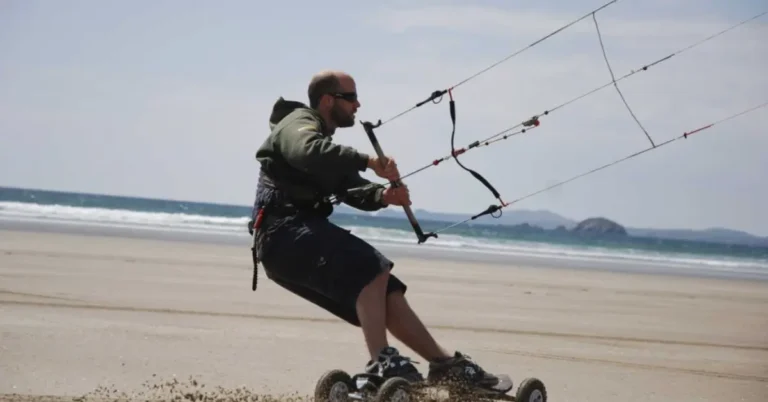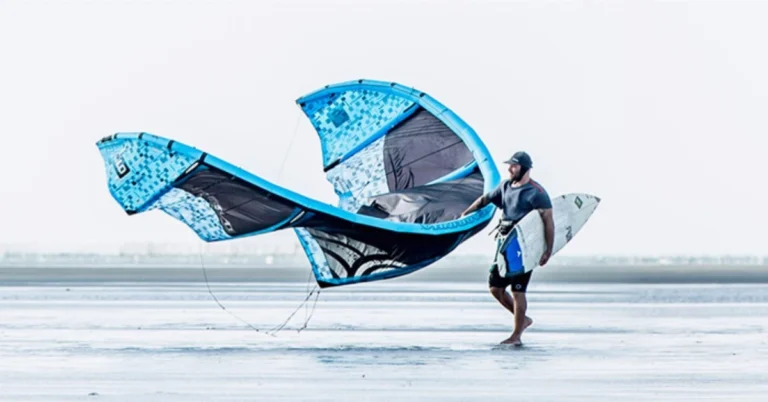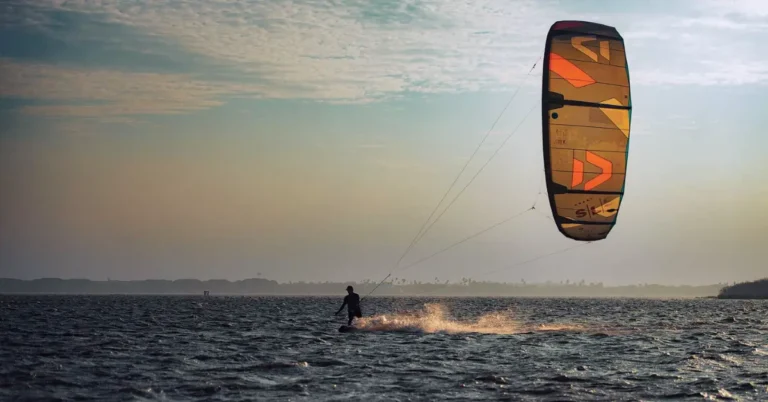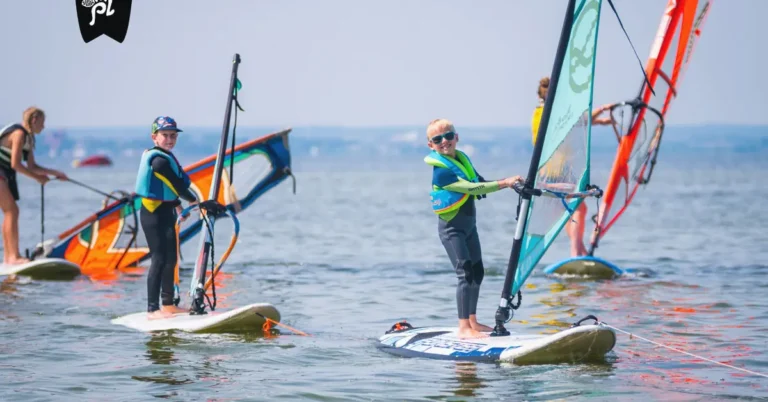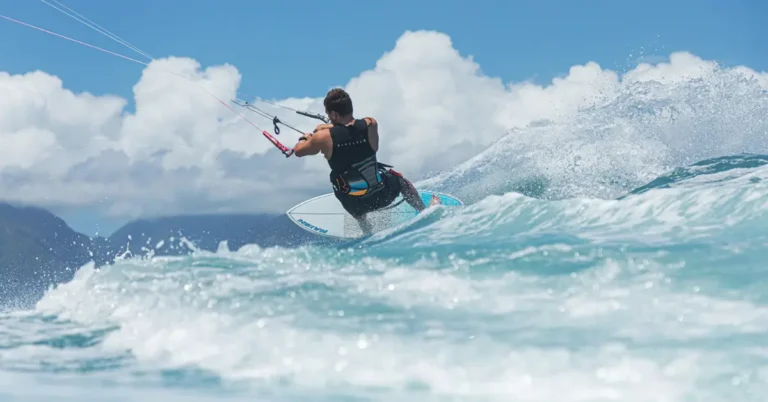Is Kiteboarding a Dangerous Water Sport?
The assertion that kiteboarding is inherently deadly has persisted for years, but its accuracy is debatable. In 2012, Amit Inbar claimed it’s ten times riskier than windsurfing, sparking controversy amidst Olympic discussions. While kite accidents do occur, labeling the sport universally perilous oversimplifies.
Horrific incidents captured on video perpetuate this perception, yet they’re not the norm. Kiteboarding’s negative reputation stems from sensationalized portrayals of accidents, fueling safety concerns. Critics liken kite lines to knives and kites to potential bombs, condemning the sport as life-threatening.
However, with proper training, equipment, and adherence to safety protocols, kiteboarding can be relatively safe. While risks exist, they’re manageable, and fatalities are rare. Ultimately, the perception of kiteboarding as excessively dangerous may be exaggerated, with safety measures crucial in ensuring its enjoyment without undue risk.
Also Read: Kitesurfing Difficult to Learn
Kiteboarding vs. Other Sports
In a 2016 study by Christiaan van Bergen, the incidence and severity of injuries among windsurfers and kiteboarders in the North Sea were analyzed over two years.
The study observed participants from both sports enjoying similar weather and environmental conditions, with scrutiny of injuries treated at a coastal hospital.
Findings revealed injury rates of 5.2 per 1,000 hours for windsurfing and 7.0 per 1,000 hours for kitesurfing. Notably, despite similar injury severities, kitesurfers experienced higher injury rates and more frequent need for ambulance transport, hospital stays, and operative treatments compared to windsurfers.
While most injuries were minor, severe cases, including vertebral and tibial plateau fractures, were also documented. The lower extremities were the most commonly affected, followed by the head, cervical spine, upper extremities, and trunk.
With seven injuries per 1,000 hours of physical activity, kitesurfing appears relatively safe, especially when contrasted with mainstream sports. For instance, American football averages 36 injuries per 1,000 hours, while soccer records 19 injuries per 1,000 hours of play.
Considering similar proportions of sports accidents occurring in water and on land, it’s reasonable to conclude that kitesurfing, in its current state, is a reasonably safe sport.
Kitesurfing vs windsurfing
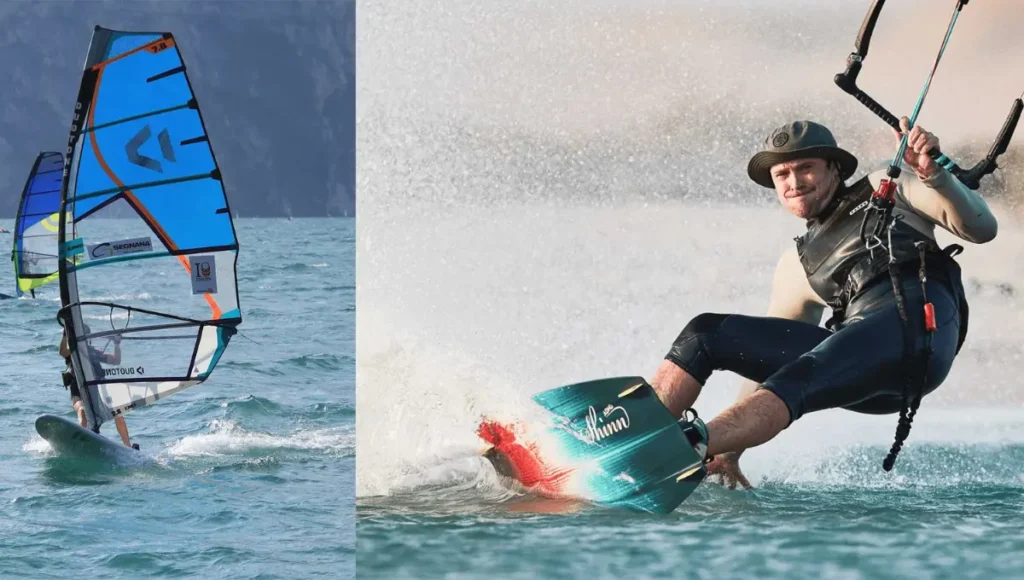
Kitesurfing, also known as kiteboarding, is an exhilarating sport that blends elements of surfing and paragliding. Utilizing a traction kite, athletes are propelled across the water by harnessing the wind’s power through lines attached to a control bar.
While kitesurfing traces its roots back to ancient Chinese and Indonesian fishing communities, it gained official recognition in 1977 when Gijsbertus Adrianus Panhuise patented a navigation system using a parachute-like device to tow a surfboard.
This dynamic sport demands strength, endurance, and coordination, making it unsuitable for individuals with respiratory, cardiovascular, shoulder, or knee issues, diabetes, or poor swimming skills due to the heightened adrenaline and potential risks involved.
Conversely, windsurfing involves riding a board with a sail, harnessing the wind’s energy to navigate across the water. It offers various styles such as long-distance, wave riding, freestyle, and Olympic circuit, each requiring mastery of waves and wind conditions.
Both kitesurfing and windsurfing offer unique thrills and challenges, appealing to enthusiasts seeking adrenaline-fueled experiences on the water.
Is kitesurfing a safe sport?
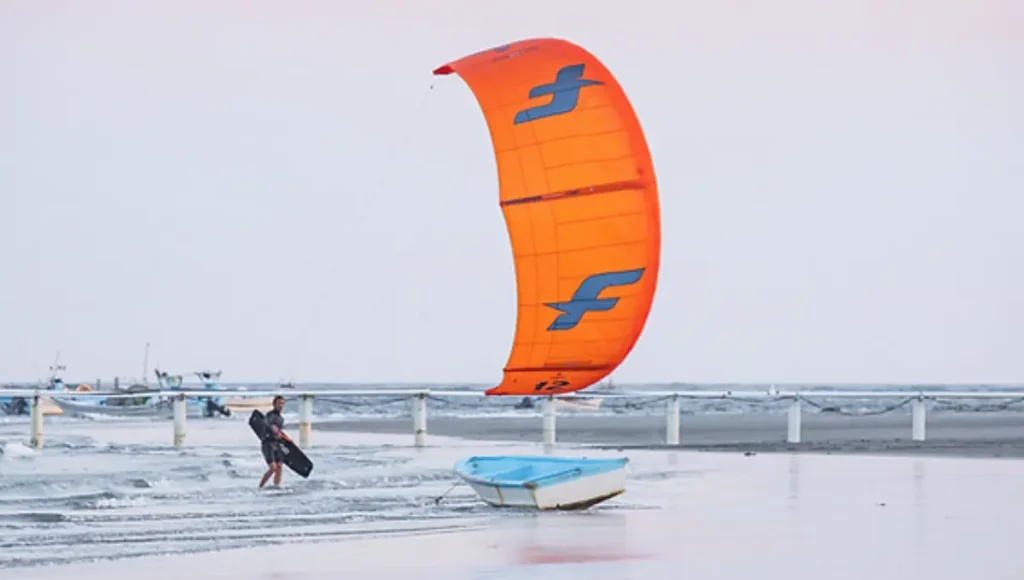
Kitesurfing can be a safe sport when practiced responsibly and with proper training. Like any water sport or outdoor activity, there are inherent risks involved, but with the right precautions, these risks can be minimized.
Safety in kitesurfing largely depends on factors such as:
While kitesurfing can be thrilling and enjoyable, it’s essential to prioritize safety at all times. With the right preparation and caution, kitesurfing can be a relatively safe and rewarding activity.
Frequently Asked Questions
Conclusion
Kiteboarding is considered a potentially dangerous water sport due to factors such as high wind speeds, unpredictable weather conditions, and the risk of collisions. However, with proper training, equipment, and adherence to safety protocols, the risks associated with kiteboarding can be mitigated.
While accidents and injuries can occur, many enthusiasts enjoy kiteboarding safely by understanding the sport’s fundamentals and exercising caution. Ultimately, kiteboarding offers thrilling experiences for participants who prioritize safety, making it a challenging yet rewarding activity for those who approach it with respect for its inherent risks and precautions.
